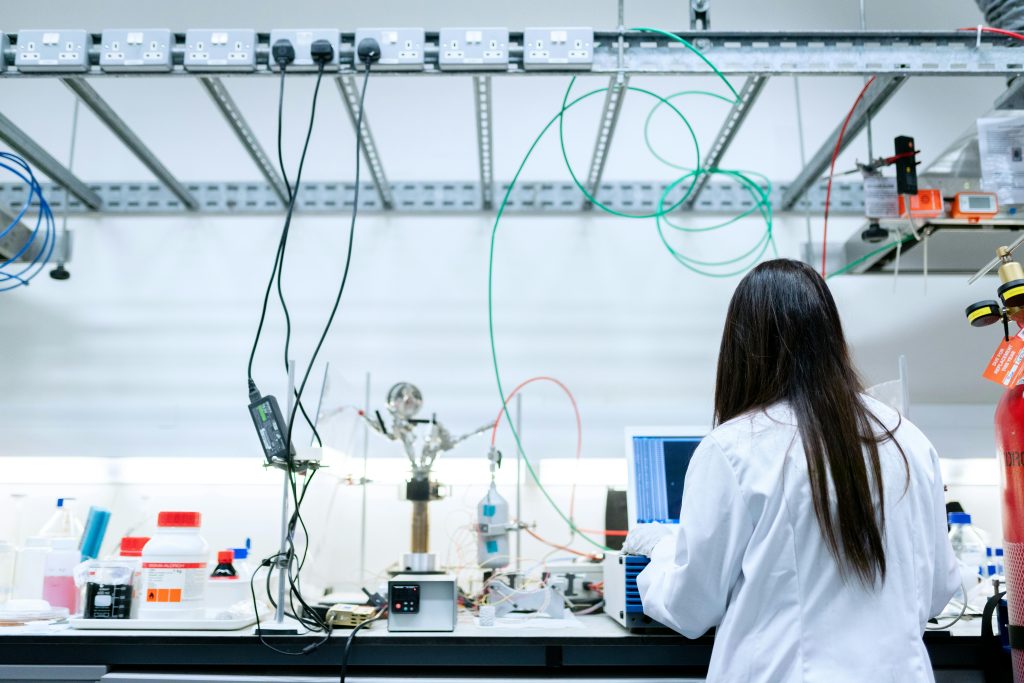Introduction
The words invention and innovation are often used interchangeably in business, technology, and entrepreneurship. Both are associated with creating something new and valuable. But while they are related, they’re not the same.
Understanding the difference between invention and innovation is crucial for anyone looking to develop new products, build companies, or drive meaningful progress.

In this guide, we’ll break down what makes invention and innovation unique — and how they often work together to create real-world success.
Quick Definitions
Invention:
The creation of a new product, process, idea, or technology that did not exist before.
Innovation:
The practical application and commercialisation of new or existing ideas to create value, solve problems, or meet market needs.
Simply put:
Invention creates something new.
Innovation makes it useful and valuable.
Key Differences: Invention vs Innovation
| Category | Invention | Innovation |
|---|---|---|
| Definition | Original creation of a new concept or device | Application or improvement of ideas for real-world value |
| Focus | Novelty | Practical use |
| Outcome | May not have immediate commercial value | Often tied to market success |
| Example | The first electric light bulb | Mass production and widespread use of electric lighting |
| Risk Level | High (many inventions never succeed commercially) | Lower (built on proven or adapted ideas) |
| Legal Protection | Often patented | May involve business models, processes, or service improvements |
What Is Invention?
Invention is about creating something entirely new that hasn’t existed before. It often involves scientific discovery, engineering breakthroughs, or the first embodiment of an idea.
Examples of inventions:
- The telephone
- The airplane
- The microprocessor
- The polio vaccine
Characteristics of invention:
- Original and novel
- Often technical or scientific
- Frequently patentable
- May remain theoretical or impractical until developed further
Invention is about the “what.”
What Is Innovation?
Innovation is about making ideas practical and valuable. It can involve improving existing products, introducing new business models, or applying known technologies in new ways.

Types of innovation:
- Product innovation: New features, designs, or functionalities.
- Process innovation: Improved manufacturing, logistics, or delivery methods.
- Business model innovation: New ways of delivering value to customers.
- Service innovation: Enhancing customer experiences or support systems.
Examples of innovation:
- Uber using smartphones to transform the taxi industry (business model innovation)
- Apple’s iPhone combining multiple technologies into one device (product innovation)
- Amazon’s logistics and supply chain systems (process innovation)
Innovation is about the “how.”
Invention Without Innovation
Many inventions fail because they never find a practical application, market fit, or commercial viability.
Examples:
- Early electric cars (19th century): Invented but commercially failed for decades.
- Segway: Technologically innovative but struggled with mainstream adoption.
Lesson:
An invention is not automatically an innovation.
Innovation Without Invention
Many of the most successful innovations build on existing inventions, rather than creating new technologies from scratch.
Examples:
- Facebook: Social networking built on existing internet and computer technologies.
- Netflix: Innovated content delivery using broadband internet, but didn’t invent streaming technology.
- McDonald’s: Process innovation in food service, not food invention.
Lesson:
You don’t always need to invent to innovate successfully.
Why the Distinction Matters in Business
Understanding whether you’re pursuing invention or innovation helps you:

- Align your funding strategy: Inventions often require R&D grants; innovations may attract venture capital.
- Set realistic timelines: Invention often takes longer to develop.
- Manage risk: Innovations built on existing technologies often carry lower risk.
- Target market fit: Innovations are driven by customer needs; inventions are often technology-first.
How Invention and Innovation Work Together
While different, invention and innovation often complement each other:
- Invention creates raw ideas.
- Innovation transforms those ideas into market-ready solutions.
Many breakthrough companies combine both:
- Tesla: Invented certain battery technologies while innovating electric vehicle design, manufacturing, and distribution.
- Google: Developed search algorithms (invention) while innovating business models (AdWords).
Conclusion
While both invention and innovation drive progress, they play distinct roles:
- Invention: The spark of something entirely new.
- Innovation: The fuel that turns the spark into sustainable value.
Understanding this difference allows businesses, entrepreneurs, and creators to better plan, invest, and execute their ideas — leading to real-world impact and long-term success.
